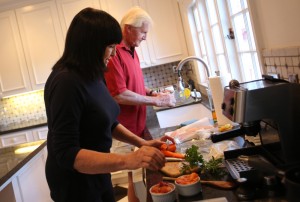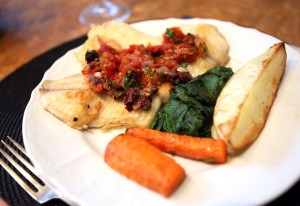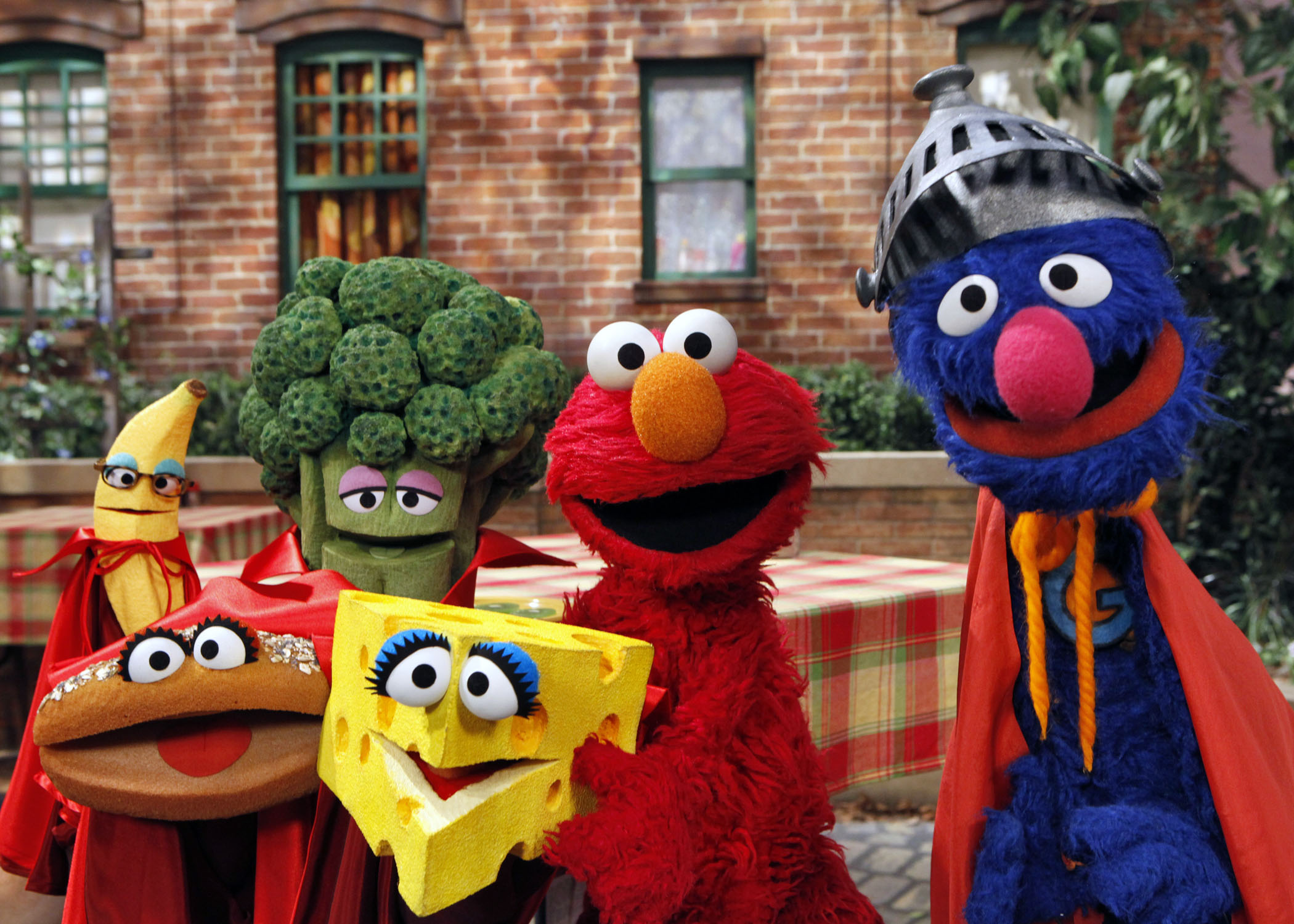This article will print in the Sonoma Living section on Sunday, September 30. To read more about what it’s like to live on a food stamp budget, check out my own personal experience HERE. A huge thank you to everyone who responded and shared their experience, as well as those of you who took the Food Stamp Challenge.
Despite the murmurs of an economy on the upswing, hard times still exist for many. To compensate, some families utilize county assistance, including food aid benefits. For Sonoma County, that program is CalFresh, an electronic fund provided to recipients for the purchase of food or seed, and with ranging benefits depending on the size of the family and the income they bring in. As of June, the average food aid benefits for Sonoma County families of varied sizes was $271 per month.
In the past 12 months, the CalFresh program has seen a 20% increase to their program’s enrollment, exposing a surge of families who require help to make ends meet. But for some, using these benefits can also mean letting go of their pride.
“People are generally not ok with accepting help,” Elizabeth Graham of Redwood Community Health Coalition in Petaluma said.
As the program manager of a health and nutrition program utilized by CalFresh, Graham has become very familiar with the benefits available through the program. But nothing taught her more about it than when she was actually receiving the benefits herself.
“I remember feeling grateful,” she said. “But I had mixed emotions. I wouldn’t have been able to pay my rent without the added help. But I did experience some negative pushback from certain stores,” she added, mentioning her embarrassment when at a register with a cashier not as familiar with the benefits card. “I can imagine how a family would feel really judged.”
Joe Lovell, 55, and his wife Lisa Norris-Lovell of Rohnert Park utilized these benefits for 6 months along with bi-monthly help from the food bank. To compensate for a lower food budget, they shopped strategically by opting for meat odds and ends, in-season fruits and vegetables, as well as ensuring staples like cornmeal, legumes, flour, and rice were always on hand. They did “lots of crock pot cooking, soups and stews. Checked the damaged packaging and discontinued rack every time. Bought cheap coffee and made it weak.”
But at no time did Lovell feel shame for needing help. “We’ve helped others who were down on their luck. Things happen, circumstances change. It was just our turn for some bad times.”
To better understand what it’s like to live on a smaller food budget, several local families took part in a Food Stamp challenge that severely limited their way of shopping and meal planning
Ramona Crinella, 65, of Crinella Winery & Vineyards in the Russian River area accepted the challenge of living on a food budget of $50 for the week with her partner Skip Swensen, 65. By keeping careful notes and receipts, as well as gathering fresh herbs from the garden of their Santa Rosa home, Crinella was able to stay within their budget by $1, coming in at $49 at the end of the week.
“I think the hardest thing was that we were used to eating out once or twice a week on the spur of the moment.,” Crinella admitted, noting that a dinner out would have wiped out their $50 budget in one sitting. “I read recipes all the time. I missed not being able to go out and buy the ingredients and try something new,” she added, mentioning how a meal plan helped her to stay within her budget. They also had to give up snacking and desserts, and discovered that even the beverages they drank required a change. “We could not have bottled water or carbonated drinks during the week. I just filled empty wine bottles with water and lemon zest and we found we liked it even better than our usual Coke or bottled carbonated water.
Crinella’s revised menu was inspired by a recent trip to Italy, basing many of her meals off the Mediterranean meals she had enjoyed while overseas. She was impressed with the way they utilized fresh ingredients in every dish, skipping processed foods and sugary drinks, and never snacked between meals.
“The diet there is extremely healthy and I saw very few people who were overweight,” she noted. “When I planned I started with the protein. Eggs are a great, cheap source. Italians make rice torte or frittata and that is a wonderful dinner.”
Crinella bought whole chickens at 99 cents a pound and divided them up for several meals. A meatloaf dinner one night became a meal of corn soufflé the next. Lunches, as well, became a time of savings by packing sandwiches and fruit instead of paying for a meal out.
Joelynn McIntosh, 34, of Glen Ellen joined the challenge with an intended budget of $75 for the week for her household of 2 adults and 4 children whose ages range from infant to 13-years-old.
As a former single parent and now a stay-at-home mom, McIntosh was already familiar with keeping food costs low. She and her partner, Robert Lee, 47, utilized their well-stocked pantry, included produce from their own garden, and shopped for in-season foods at the farmer’s market. “The real trick is to buy the produce at the end of the market,” McIntosh said, noting that vendors would rather sell the produce they brought instead of packing it up to bring home.
Throughout the week, McIntosh kept a tight rein on her budget by cutting meat into smaller pieces and serving smaller portions, utilizing leftovers, and packing lunches for Lee when he went to work. Lee skipped his daily cup of bought coffee with a croissant, and the older kids received lunch through the school’s free lunch program, a benefit they were already eligible for due to the family’s single income status.
Despite carefully laid out plans, McIntosh discovered how difficult staying within a low budget really was. By the end of the challenge the family had overspent by $57, making their grand total for the week $133.
Still, McIntosh felt she learned something from this challenge. “I have kept a better eye on what I am making each day,” she said. “It was a good refresher course for the way I used to live when I was a single parent.” While she admitted her kids didn’t notice a major change in the way they were eating, McIntosh noted they ate more leftovers this week than they normally do, and Lee missed his coffee shop visits.
“Overall, it was a good exercise for our family.”
Crissi Dillon is the moderator and blogger at SantaRosaMom.com, an online community for parents. You can reach her at cristen.dillon@pressdemocrat.com.












